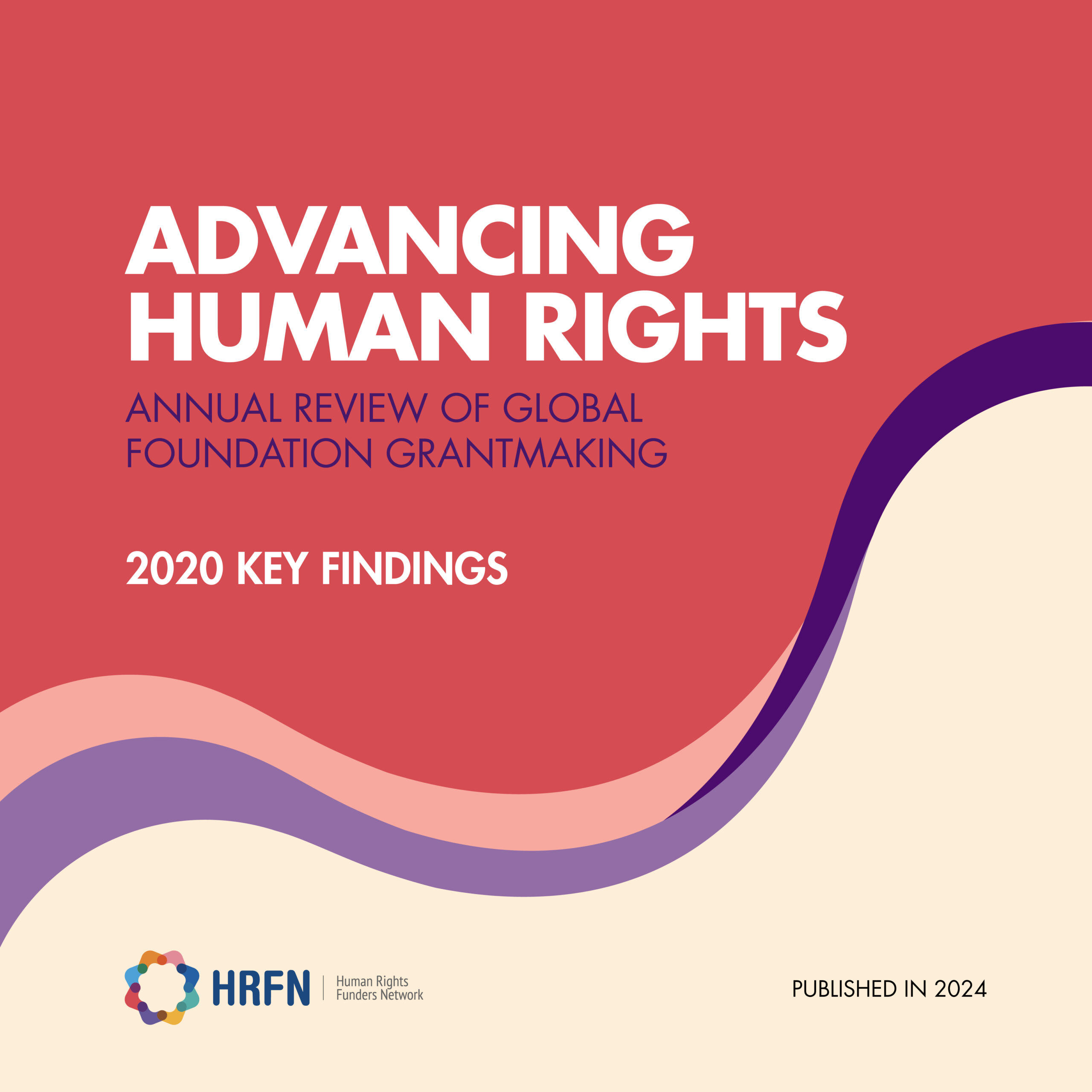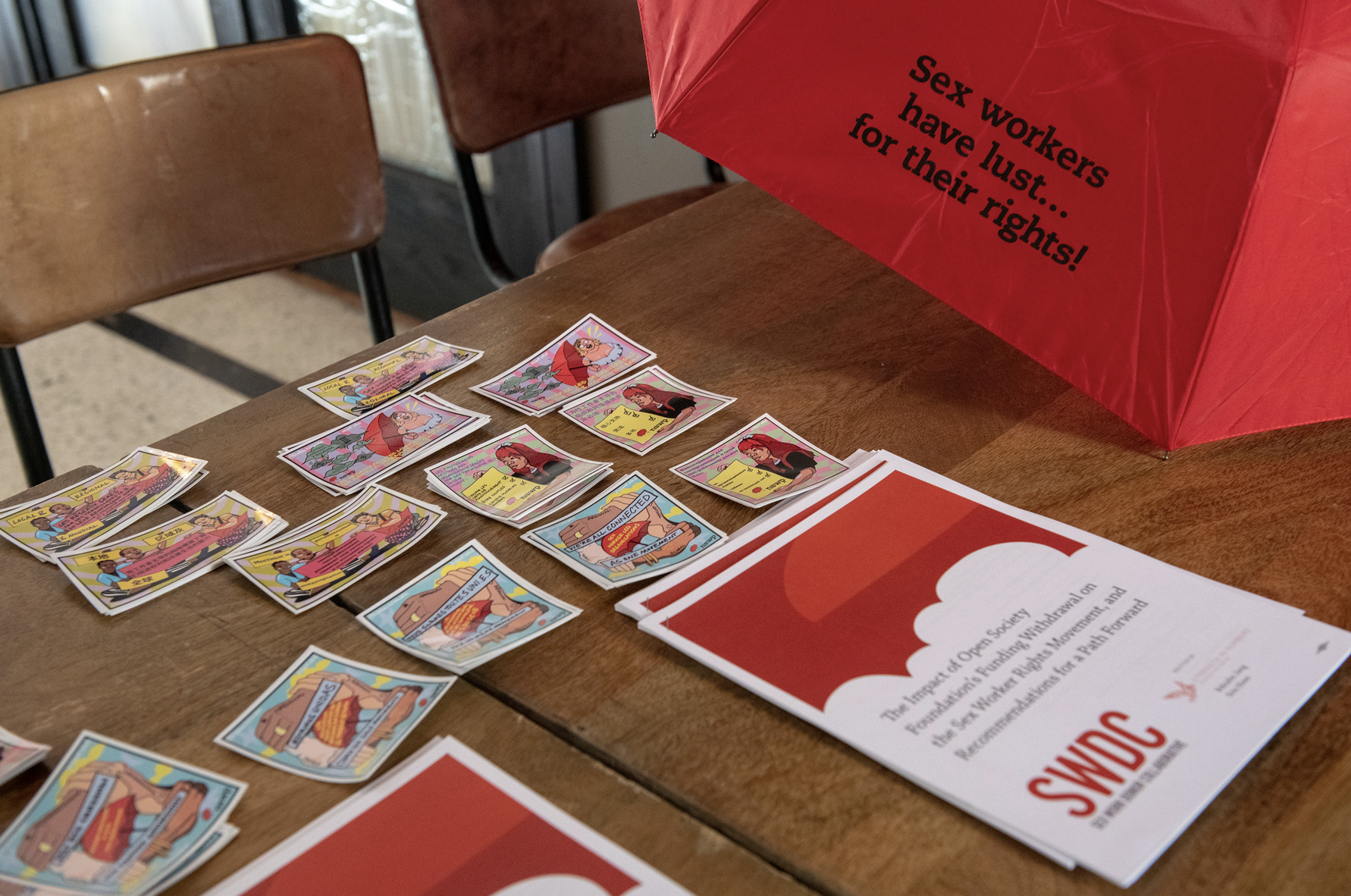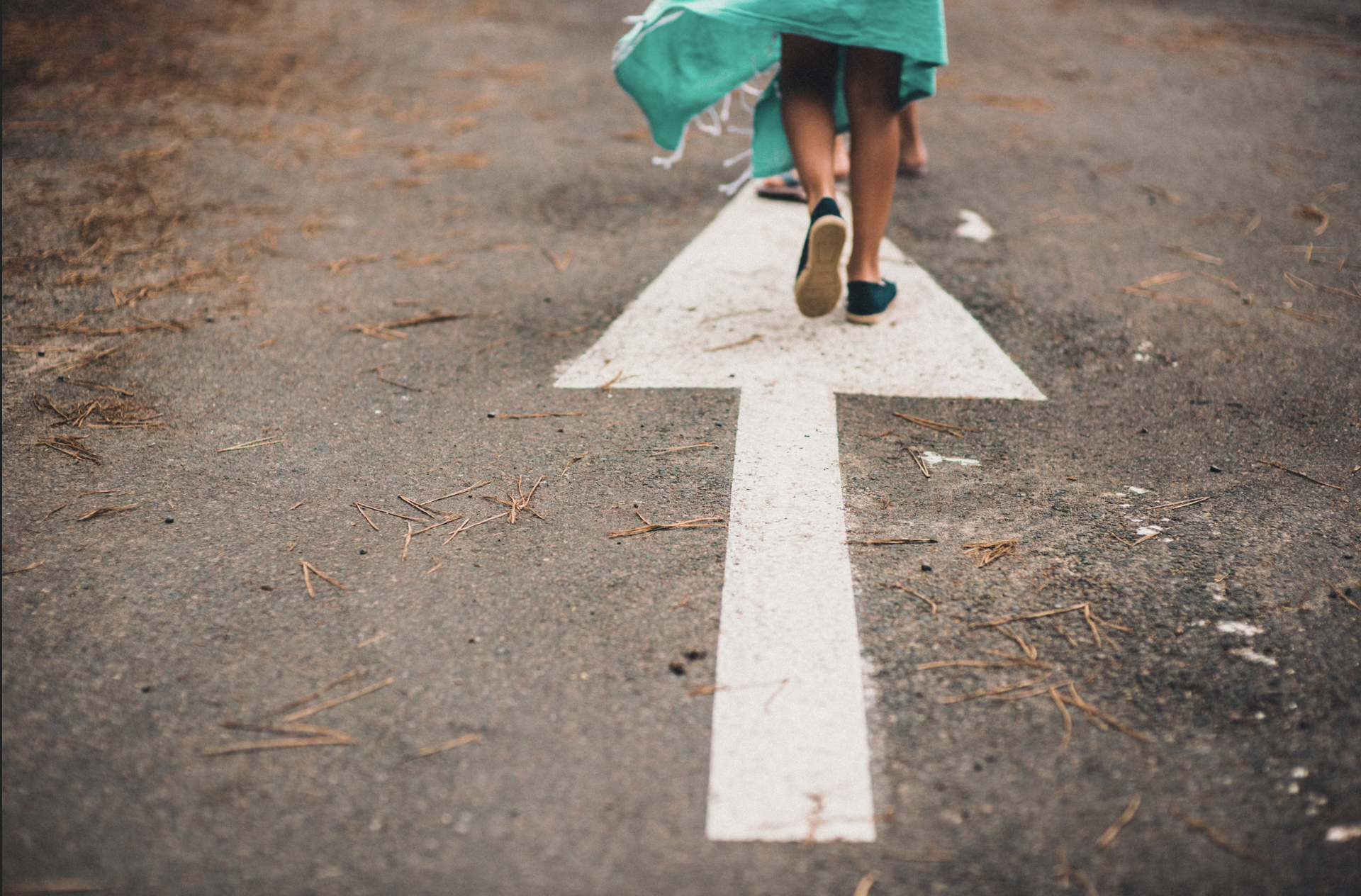Where are the Gaps, Opportunities, and Challenges? Comparing funding trends from the women’s funds community
By Augusta Hagen-Dillon, Program Officer at Prospera

Prospera – International Network of Women’s Funds brings together 37 women’s funds located in 33 countries. Together these funds give grants in 173 countries to support organizations, groups, and movements that seek to advance the rights of women, girls, and trans* people globally. They share a set of values and approaches based in feminist philanthropy, but there is tremendous diversity in their grantmaking, which is shaped by the local contexts in which they operate. Prospera’s network includes women’s funds working nationally, regionally, and internationally. Some members focus on specific populations, such as FIMI – the International Indigenous Women’s Fund, and FRIDA – the Young Feminist Fund.
As a hub of women’s funds, one of Prospera’s roles is to identify the trends, opportunities, and challenges our members face in fundraising for and conducting their grantmaking. The Advancing Human Rights initiative, established by Foundation Center and Human Rights Funders Network, offers a unique opportunity for us to learn about the state of human rights funding and place the work of women’s funds within this broader context. Prospera completed a parallel five-year trends report of women’s funds. With both of these tools in hand, we can deepen our understanding of the funding landscape and begin to address key questions that inform our collective work:
- What is being funded, what isn’t, and what can we learn from past trends to be more strategic in our funding going forward?
- What are the major funding trends by and for women’s funds? How do they compare to human rights funding overall, and what does this say about the role of women’s funds within the bigger ecosystem of human rights funding?
Funding for Women and Girls: How much is there and where is it focused?
The natural place to begin analyzing the role of women’s funds within the larger picture of human rights funding is by looking at funding for the rights of women and girls.[1]
Twenty-three percent of the $9.4 billion in foundation human rights funding from 2011-2015 targeted women and girls, and women and girls received more funding than any other population category. While this may seem like a large slice of the overall funding pie, when one considers that women and girls represent half of the population and that women’s and girls’ rights intersect with every human rights issue, the number starts to seem low. Funders that don’t consider gender in their grantmaking miss an opportunity to understand how gender roles interact and influence their issue or community of focus. At minimum, collecting evaluation data by gender can help funders begin to determine if they are serving the needs of women and girls.
Over a third of foundation human rights funding for women and girls stays in North America, indicating both the relative availability of U.S. funding data as well as the field’s priorities. This raises the critical question: Why isn’t there more funding for women and girls in the Global South? Funders often name similar reasons for not funding Southern-based organizations, including their own lack of administrative capacity to give small amounts of money; risk-management, anti-terror, and money laundering laws that prevent foreign funding; and real or perceived capacity constraints of Southern-based organizations. Yet, responsibility to address and overcome these challenges rests on the shoulders of funders with influence and resources. For Global South activists and organizations promoting effective, sustainable change – who generally have little to no access to funding from their own states or citizens, particularly for women’s and girls’ rights – the lack of resources prevents critical growth and perpetuates global power imbalances.
Similarly, when we look at bilateral funding, women’s and girls’ rights receive 26% of the $4.8 billion identified as human rights-focused from 2011-2015. Yet the pie could be so much bigger. A recent analysis of the $35.5 billion provided in bilateral aid for gender equity in 2014 – an all-time high – revealed that less than 1% of this funding reaches women’s rights organizations in the Global North and South, including through women’s funds. Of the total $35.5 billion, just 8% went to civil society organizations based in developing countries.
This persistent funding gap is one of the driving forces behind the advocacy and resource mobilization work of women’s funds. Twenty-six of Prospera’s 37 members are based in the Global South, and all members invest at least 50% of their grants in the Global South. Given the growing global trend of governments restricting foreign funding, locally-based foundations, including women’s funds, are an increasingly critical source of support for civil society. Through flexible, core, multi-year grants and technical support, women’s funds sustain their partners to design and implement their own sustainable programs and respond to their local contexts and realities.
How do these overall funding trends compare to funding for women’s funds? From 2011-2015, Prospera members’ revenue grew by 14%, with the greatest growth occurring in funds based in the Global South and East. Women’s funds are by and for movements, often operating in the same context as their grantee partners. Increasingly, private foundations and bilateral institutions are recognizing women’s funds as strategic partners for building and strengthening movements, able to channel funds directly to grassroots organizations.
Which Funding Strategies are Being Prioritized?
The top three funding strategies human rights grantmakers supported for women and girls from 2011-2015 were 1) Advocacy, Systems Reform and Implementation; 2) Capacity-Building and Technical Assistance, and 3) Public Engagement and Awareness-Raising. Coalition-Building and Collaboration came in fifth, but is a major trend among Prospera members. Members jointly established a four-year “Leading from the South” initiative to resource women’s rights activism in the Global South,[2] and launched the Global Alliance for Green and Gender Action, which aims to build linkages between women’s and environmental movements.[3]
While collaborations take a huge investment of time and energy, they spark innovation and creativity in grantmaking. They also help larger funders to meet their reporting requirements while channeling funding to grassroots groups. It takes time and funding to build relationships, shared approaches, and systems, and many organizations do not have sufficient resources to support this work. More funder investment is needed.
The five-year tends also show that overall funding for human rights research and documentation is decreasing, and security and resilience funding comprises less than 1% of funding for women and girls.[4] Given the current context of closing civic space and backlash against women’s rights, these strategies are critical to building and sustaining resistance over the long term, ensuring activists and movements are safe, and deepening the understanding of funders and policy makers about how to address rights concerns.
Women’s funds have prioritized and are leading on both of these strategies. Two of our members partnered to document how women- and trans-led organizations are responding to closing space in the report Standing Firm. Many provide core, long-term support for grassroots groups so that they have the resources they need to act in a timely and context-specific way. A core program of Urgent Action Fund Latin America is Sustainable Activism, which builds the capacity of Women Human Rights Defenders and activists on protection and well-being.
Conclusion
As we settle in to the first months of 2018, there are already signs of what to expect from the year ahead: while #MeToo and #NiUnaMenos are bringing issues of women’s and girls’ rights into the spotlight, the trend of backlash against women’s rights persists, and is often the first step towards greater restrictions on civil society. Women’s rights organizations and movements must be able to respond to opportunities and challenges in real time, on their terms, and women’s funds have a proven track record of helping to advance their priorities and needs. As human rights funders step up to support women’s and girls’ rights, women’s funds can help them get the money to where it is needed most.
[1] Many women’s funds support trans* people as well. The Advancing Human Rights initiative tracks funding for trans* rights in its LGBTQI populations category.
[2] This initiative is managed by three regional funds and one global fund. They include African Women’s Development Fund, Fondo Mujeres del Sur, South Asia Women Fund, and AYNI – the Indigenous Women’s Fund.
[3] This initiative is a partnership between Fondo Centroamericano de Mujeres (FCAM), Mama Cash, and Both Ends.
[4] These numbers may be partially due to how funders describe the work, but are still important to consider.



